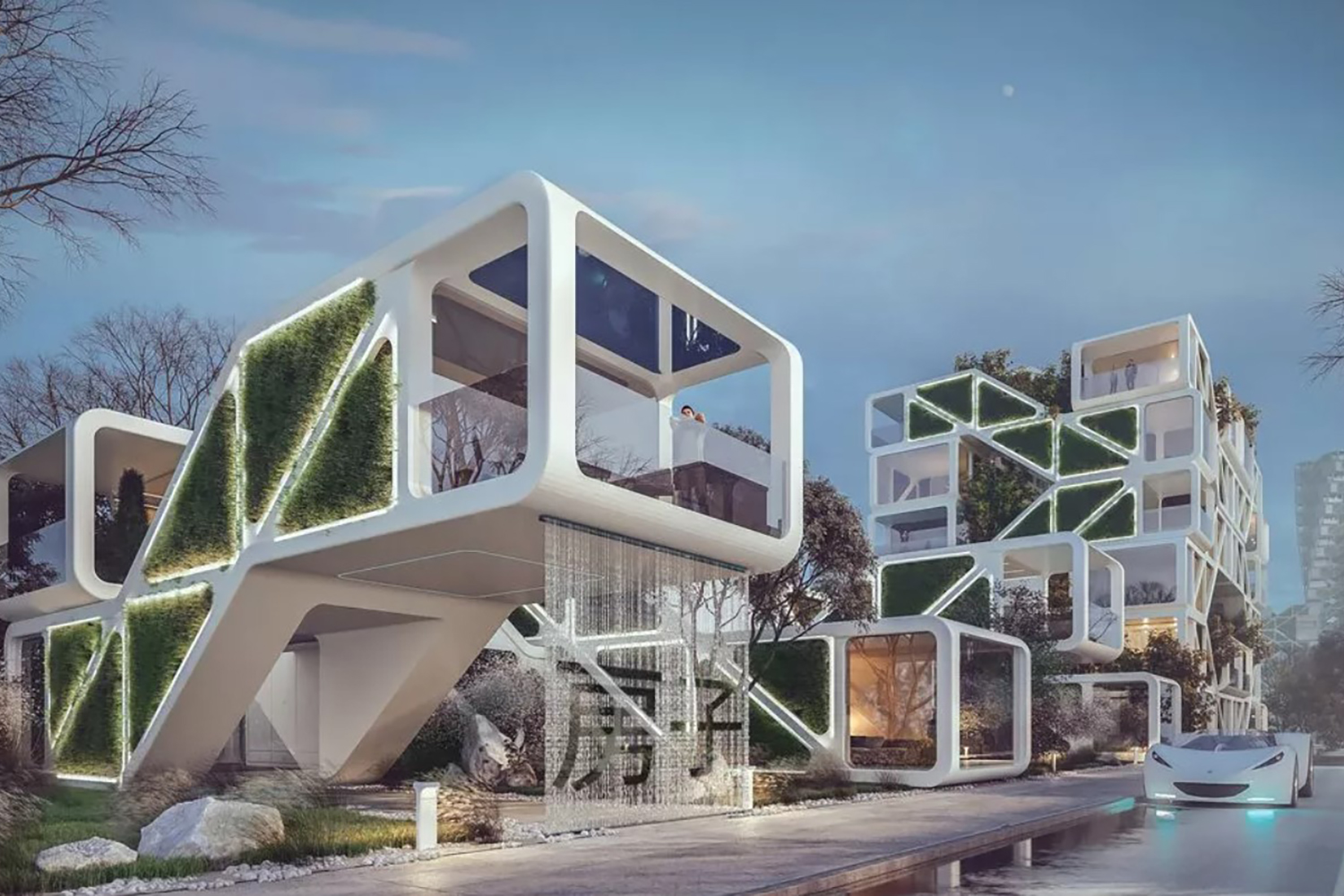
3D Printing: Transforming Construction in the Middle East
3D printing is revolutionizing the construction industry around the world, and the Middle East is no exception. This innovative technology has the potential to revolutionize the way we build and design our cities, bringing sustainability and efficiency to the forefront of the construction industry. This article will explore how 3D printing is transforming construction in the Middle East, as well as the advantages it offers and some examples of its use in Dubai and other parts of the region.
3D printing has been rapidly gaining traction in the Middle East in recent years. It is being used in a variety of applications, from creating large-scale structures to building small components and furniture. This technology has enabled architects and engineers to create complex designs that would otherwise have been impossible to build. 3D printing is also allowing them to create structures that are more durable, more sustainable, and more cost-effective.
In Saudi Arabia, 3D printing is also being used to construct a massive new city in the northern part of the country. This project, known as NEOM, will be the world’s largest 3D-printed city and will feature a mix of residential, commercial, and recreational areas. The city will be built using 3D-printed components and robotics, and is expected to be completed by 2021.
3D printing is also being used to create large-scale structures in other parts of the Middle East, including Qatar and the United Arab Emirates. 3D printing has allowed architects and engineers to create structures that are more efficient and cost-effective, while also being more sustainable and offering greater design flexibility.
